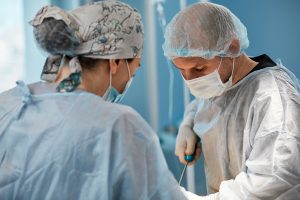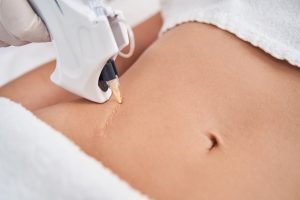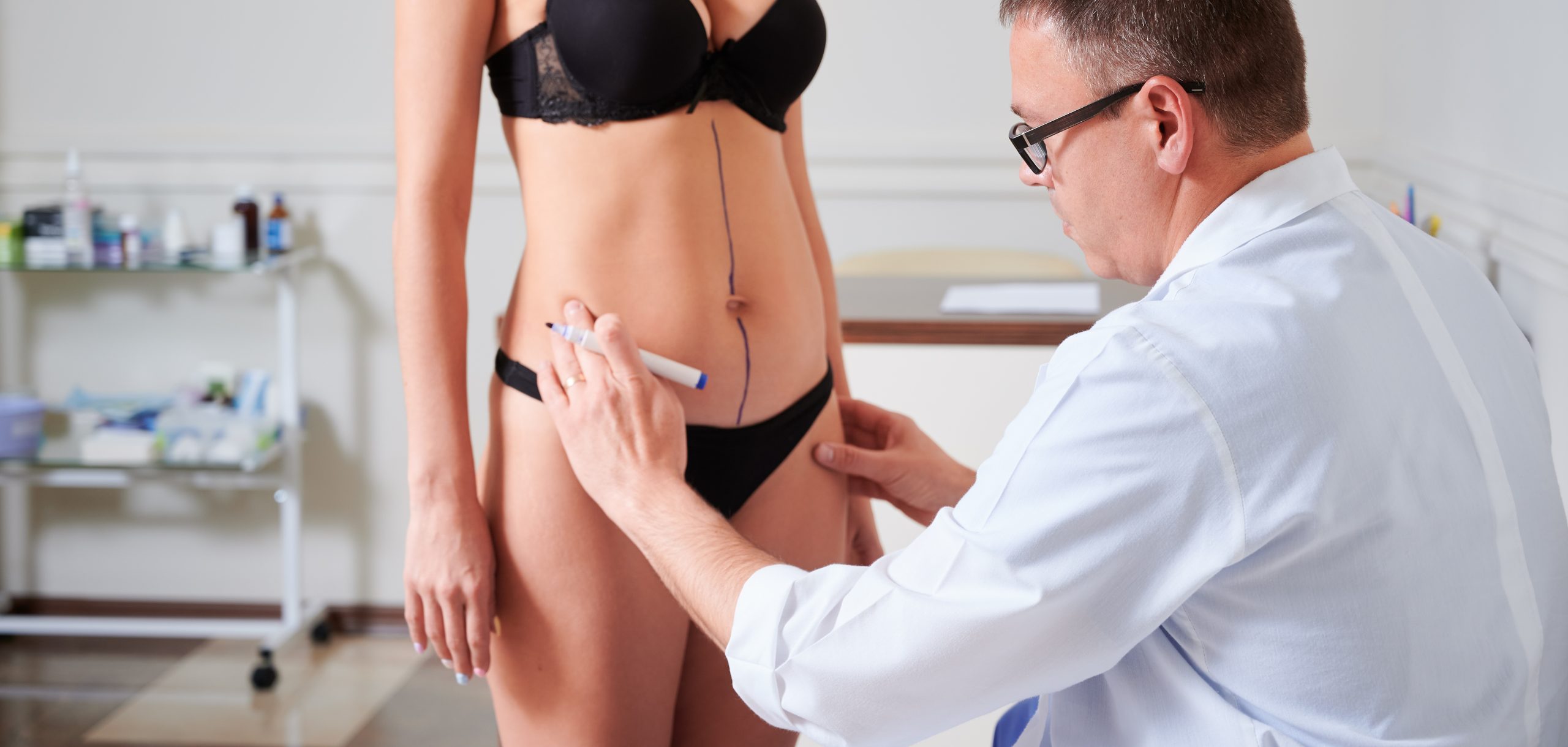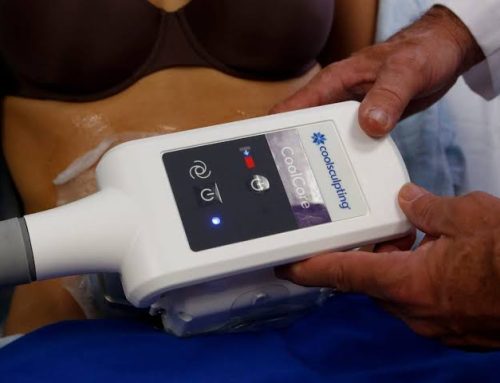Introduction
Scarring is a natural part of the healing process following plastic surgery procedures. While plastic surgery aims to enhance aesthetics and improve physical appearance, the presence of scars may be an unavoidable outcome. Understanding the factors influencing scar formation, as well as options for scar management and removal, is essential for individuals considering plastic surgery. In this article, we’ll explore the placement, healing, and recovery of scars after plastic surgery, as well as the potential for scar removal using laser treatments.

How long does it take for scars to heal after plastic surgery?
The placement of scars after plastic surgery depends on the specific procedure performed and the surgical techniques employed by the surgeon. Incisions are strategically placed in inconspicuous locations to minimize visibility and optimize aesthetic outcomes. Common locations for incisions include natural skin creases, hairlines, and areas easily concealed by clothing.
Following plastic surgery, scars undergo a natural healing process that involves inflammation, tissue remodeling, and collagen deposition. Initially, scars may appear red, raised, and slightly swollen, but over time, they gradually fade and flatten as the healing process progresses. Proper wound care, including keeping the incision site clean and protected, as well as avoiding excessive sun exposure, is crucial for optimal scar healing.

What to expect during the recovery of scars after plastic surgery?
The recovery process from plastic surgery scars varies depending on the type and extent of the procedure performed. Patients are typically advised to follow post-operative instructions provided by their surgeon, including proper wound care, activity restrictions, and follow-up appointments. While some discomfort, swelling, and bruising are common in the early stages of recovery, most patients experience gradual improvement in scar appearance and texture over time.

How to permanently get rid of scars after plastic surgery?
Laser scar removal is a non-invasive procedure that utilizes specialized laser technology to target and break down scar tissue, resulting in smoother, more uniform skin texture and color. The laser energy penetrates the skin’s surface, stimulating collagen production and promoting natural healing processes.
Laser scar removal is suitable for individuals with various types of scars, including surgical scars, acne scars, and traumatic scars. It is particularly effective for scars that are raised, discolored, or uneven in texture. However, laser scar removal may not be suitable for all types of scars or skin types, and individual assessment by a qualified dermatologist or plastic surgeon is necessary to determine candidacy for treatment.

What to expect after laser scar removal?
The results of laser scar removal vary depending on factors such as scar severity, skin type, and individual healing response. While some patients may experience significant improvement in scar appearance after a single treatment session, others may require multiple sessions to achieve optimal results. Laser scar removal can help minimize scar visibility, improve skin texture and tone, and enhance overall skin appearance.

Conclusion
Scarring is a natural and inevitable outcome of plastic surgery procedures, but with proper care and management, scars can fade and become less noticeable over time. Laser scar removal offers a safe and effective option for individuals seeking to improve the appearance of scars and enhance skin aesthetics. By understanding the placement, healing, and recovery of scars after plastic surgery, as well as the potential for laser scar removal, individuals can make informed decisions about scar management and achieve optimal results in their journey toward enhanced aesthetics and self-confidence.
Disclaimer: The content on this blog is intended for general informational purposes only. It is not a substitute for professional medical advice, diagnosis, or treatment. Always consult qualified healthcare providers for personalized advice. Information regarding plastic surgery, dental treatment, hair transplant, and other medical procedures is educational and not a guarantee of results. We do not assume liability for actions taken based on blog content. Medical knowledge evolves; verify information and consult professionals. External links do not imply endorsement. By using this blog, you agree to these terms.










